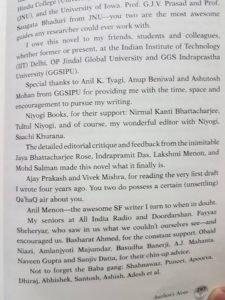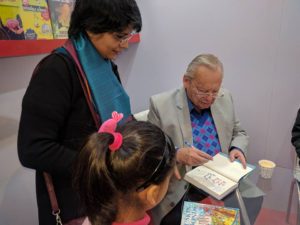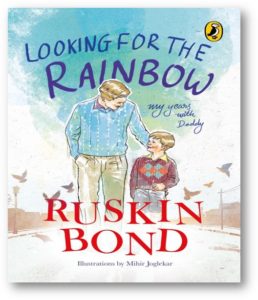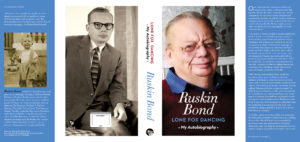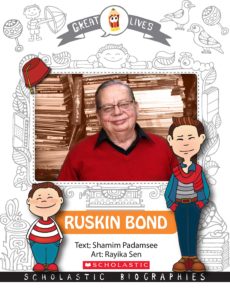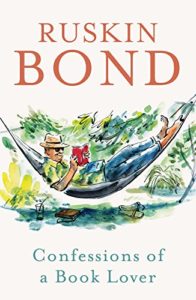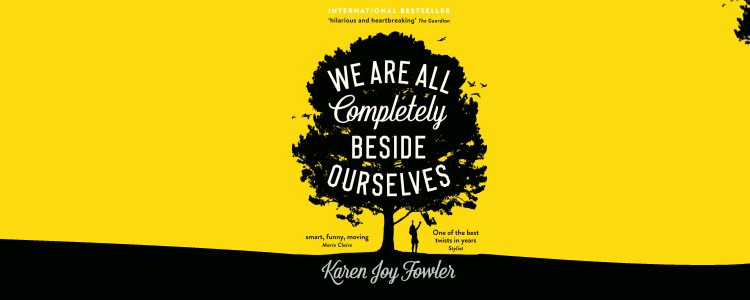“A Thousand Brains: A New Theory of Intelligence” by Jeff Hawkins
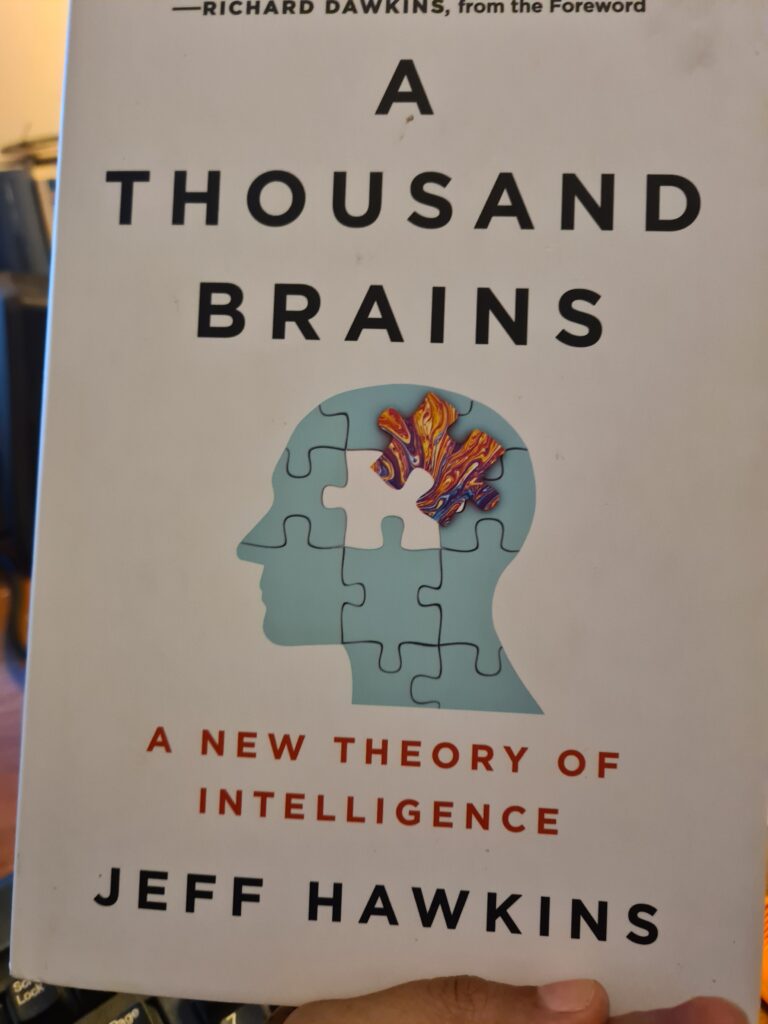
Jeff Hawkins is a tech entrepreneur, computer pioneer, and a neuroscientist. He was the co-founder of Palm Pilot, handheld computing. He is the cofounder of Numenta, a neuroscience research company and founder of the Redwood Neuroscience Institute. The intersection of neuroscience and technology fascinates him but it is the manner in which the human brain operates that interests him the most. In A Thousand Brains, Jeff Hawkins ( Basic Books, Hachette India) answers two of life’s most important questions: What is intelligence? How do brains create it?
For centuries now, the concept of tabula rasa has been discussed. It basically states that babies are born in this world with their minds as a blank slate. Slowly, over a period of time, their brain collects information and stores it. How this happens has been a mystery and will continue to be for a long time to come. There is another theory too that if the brain is kept stimulated, age becomes just a number, as the neurons continue to make new connections. (In fact, Dr Sanjay Gupta, the CNN journalist, makes a strong case for this in Keep Sharp.) Jeff Hawkins and his colleagues have formed a new theory of intelligence called the Thousand Brains Theory. They argue that the brain uses maplike structures called reference frames to build models of the world — not just one but hundreds of thousands, which then vote together to reach a consensus.
A key discovery that Jeff Hawkins made was that the organ of intelligence is the neocortex. The human neocortex is particularly large, occupying about 70% of the volume of our brain. It wraps around the older parts of the brain such that when you look at the human brain, most of what you see is the neocortex ( with its characteristic folds and creases), with bits of the old brain and the spinal cord sticking out at the bottom. Almost all the capabilities that we think of as intelligence — such as vision, language, music, math, science, and engineering — are created by the neocortex. It consists of millions of neurons, many more connections between the neurons called synapses and several kilometres of axons and dendrites. It consists of many vertical cortical columns that are critical in mapping the world for the individual. But each column maps only a certain number of reference frames. The brain has the uncanny ability to connect with each region, enabling it form a holistic picture. The ability to form these conenctions is determined by our genes. So, when a child is born, its neocortex is a tabula rasa. The brain has 150,000 cortical columns where each column is a sensory-motor system. It is a learning machine. These columns are complementary to each other. Basically, Hawkins argues that the Thousand Brain Theory explains how we learn and recognize objects. It also states that there are thousands of models for every object perceived by the individual in their brain. Finally, the theory shows how the neocortex learns three-dimensional models of objects using reference frames.
Bulk of this book is devoted to discussing the Thousand Brains Theory of Intelligence suggesting that the future of machine intelligence is going to be substantially different from what most AI practioners are thinking today. AI is currently undergoing a renaissance. It is one of the hottest fields in technology. The field is dominated by artificial neural networks, although they are nothing like the networks of neurons we see in brains. Hawkins argues that the future of AI will be based on different principles than those used today, principles that most closely mimic the brain. The aim should be to build truly intelligent machines and he sees the shift of AI towards brain-based principles as inevitable.
A fundamental characteristic of the human brain is that it is constantly learning. As a result, humans are flexible in what we learn. Deep learning AI systems exhibit almost no flexibility. A Go-playing computer may play the game better than any human,but it can’t do anything else. A self-driving car may be a safer driver than any human, but it can’t play Go or fix a flat tire.
The long-term goal of AI research is to create machines that exhibit human-like intelligence — machines that can rapidly learn new tasks, seeanalogies between different tasks, and flexibly solve new problems. this goal is called “artificial general intelligence”, or AGI, to distinguish it from today’s limited AI.
It is not clear where, when, and how intelligent machines will be made or how will they be used; but it may be easier to define the attributes that determine an intellignt being. These attributes are: the ability to learn continuously, learning via movement, the ability of the neocortex to create multiple models that are complementary and thus provide flexibility ( “mental agility”?), and finally, using general-purpose reference frames to store knowledge. Hence, we as humans are intelligent not because we can do one thing particularly well, but because we can learn to do practically anything. The extreme flexibility of human intelligence requires the aforementioned attributes.
The future of machine intelligence is hard to predict but an important component of its behaviour would be safety. According to Hawkins ( who does NOT like science fiction stories), the three laws of robotics as defined by Isaac Asimov are like a safety protocol but don’t necessarily apply to all forms of machine intelligence:
- A robot may not injure a human being or, through inaction, allow a human being to come to harm.
- A robot must obey orders given it by human beings except where such orders would conflict with the First Law.
- A robot must protect its own existence as long as such protection does not conflict with the First or Second Law.
It is really impossible to say how long or when these changes will occur, if at all. It is certain that machines are here to stay. Humans and machines have to co-exist. But I could not help pondering over a key fact. It is not discussed in the book, but I think it can easily be surmised.
The Internet was invented to share files between scientific and military computers. It was previously done manually. In recent years, tech entrepreneurs have created massive social media platforms that are user-based. These tech platforms rely upon their websites proving useful to multiple users, at the same time. It is a constant buzz of activity. It is also a bunch of algorithms, written by a team of programmers determining how users can be encouraged to use the platform except that they do not reckon with how rapidly individuals can reprogramme their behaviours. Thereby also changing their expectations of the platform. This is probably the reason for digital strategists unable to work on anything more than a three month-time frame as opposed to earlier times when it was possible to work on 1-3 year strategies. No more. The older strategies presumed a certain amount of stability. Now, with so many human brains plugged into one platform simultaneously can result in the creation of a supercomputer whose size and intelligence is unimaginable. It is gargantuan! Also, just as many social media sites are discovering that people are sinking deeper into the platform to create little bubbles of communities, are happy being within those spaces, and in all likelihood, creating their own micro-histories. It is only IF these communities choose to communicate with each other, that connections can be created and larger communities can be formed. To what purpose, is still unclear, but they can exhibit behaviour that is like a single-celled large organism or it can be construed as herd mentality. Similarly, the neocortex is the intelligence organ of the individual, it consists of numerous cortical columns/users that map reference frames; these exist and are complementary but do not necessarily communicate with each other. IF they do, then it is for the benefit of the individual in building up knowledge and using their intelligence to assess the situation. So, while many tech giants are fascinated by AI and its applications, it is perhaps the study of human behaviour affected by AI and its response in real time that should be investigated in greater depth. Changes are happening at such a rapid pace in the digital world, they are probably not driven as much by algorithms and AI as many would like to believe, but it is the response of many individuals that are forcing the Internet/social media platforms to transform. The Thousand Brain theory illustrates the significance of the neocortex and its identification as the intelligent organ in our body, but if this theory is applied to the Internet wherein many individuals are like many thousand brains multiplied many times over, can you imagine the speed at which the digital landscape will evolve? No wonder Hawkins is not very amused at the current state of AI. It simply cannot keep pace with the human brain. It will take time, if at all.
A Thousand Brains: A New Theory of Intelligence by Jeff Hawkins is an astonishing book. Perhaps there are more like it in the market but the lucidity with which this is written is splendid. It makes extremely difficult concepts manageable as well as recognising the limitations of what can be included in the book or not. It will be influencing tech discourse for a very long time to come. Don’t miss reading it.
2 May 2022


